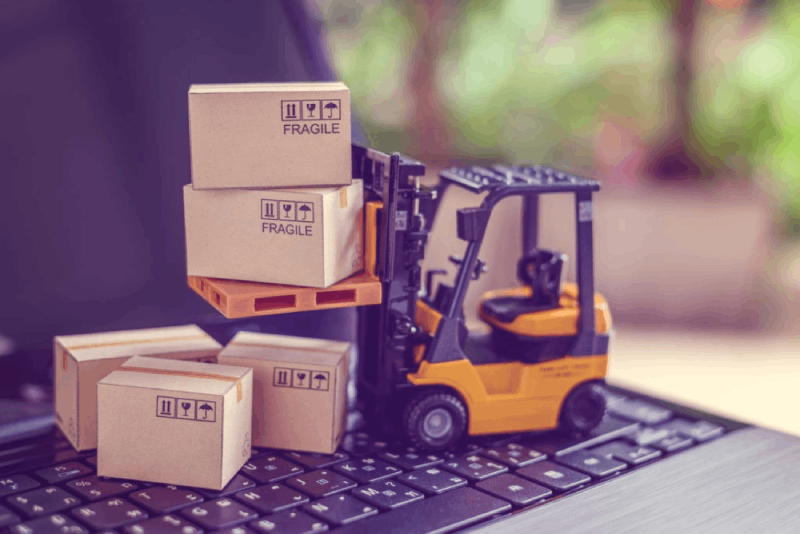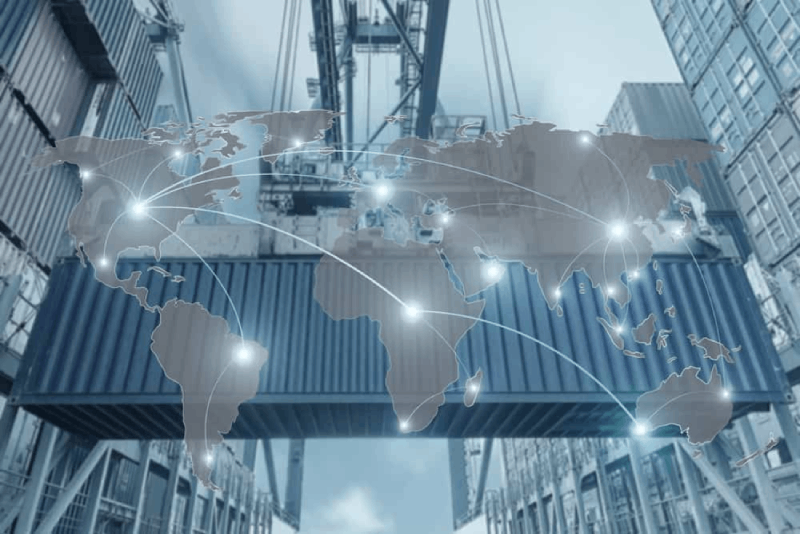Welcome to GLA! Leading the global logistics alliance.


Your location:Home > News > The Future of Logistics: How to Build an Efficient Network
Time:2023-07-27 Publisher:Kevin Num:11962

The logistics industry has undergone significant changes in recent years, and this trend is set to continue well into the future. The growth of e-commerce, the rise of omnichannel retail, and changing consumer behaviors are driving changes in logistics networks. However, the most significant driver of change in logistics is technology. The Internet of Things (IoT), artificial intelligence, and automation are transforming the way logistics networks operate, making them more efficient, transparent, and responsive to customer needs.
The Impact of Technology on Logistics
The growth of e-commerce has significantly impacted the logistics industry. Consumers expect fast and free delivery of goods, which has led to an increase in the number of smaller and more frequent shipments. As a result, logistics networks must be agile and flexible to meet the changing needs of customers.
Fortunately, technology can help meet these demands. IoT sensors can provide real-time visibility into inventory levels, enabling companies to optimize their supply chain and reduce waste. Automation can help companies streamline their warehouse operations, reducing labor costs and improving order accuracy. And artificial intelligence can analyze vast amounts of data to identify patterns and optimize routing and delivery schedules.
Additionally, technology can help companies overcome one of the biggest challenges in logistics – the last mile delivery. Last-mile delivery refers to the final leg of the delivery process, from the transportation hub to the customer's doorstep. It is often the most challenging and expensive part of the delivery process. However, with the rise of technology, companies can now use autonomous vehicles to make the last mile delivery more efficient and cost-effective.
The Importance of Data and Analytics
As the logistics industry becomes more complex, data and analytics are becoming essential tools for managing logistics networks. By analyzing data from multiple sources, companies can gain insights into customer behavior, inventory levels, and transportation trends. These insights can be used to optimize operations, reduce costs, and improve customer service.
For example, data analysis can help companies identify inefficiencies in their transportation networks, such as empty truck miles or inefficient routes. By addressing these inefficiencies, companies can reduce transportation costs and improve delivery times.
Additionally, data analysis can help companies identify trends in customer behavior, such as changes in demand or preferences. This information can be used to optimize inventory levels, ensuring that products are available when customers want them.
The Importance of Sustainability

Sustainability is becoming an increasingly important consideration for logistics networks. Customers are increasingly concerned about the environmental impact of the products they buy, and companies are under pressure to reduce their carbon footprint.
To build an efficient logistics network in the future, companies will need to embrace sustainability and implement environmentally-friendly practices. This may include using electric vehicles, optimizing transportation routes to reduce emissions, and reducing packaging waste.
One example of a company that is prioritizing sustainability is Amazon. The company has committed to becoming carbon neutral by 2040 and has ordered 100,000 electric delivery vehicles to reduce its carbon footprint.
The Importance of Collaboration
Collaboration is another essential element of building an efficient logistics network. In the past, logistics networks were often fragmented, with each company in the network operating independently. However, in the future, collaboration will be essential for managing the complexity of logistics networks.
Collaboration can take many forms, from sharing data and information to joint planning and coordination. By collaborating, companies can reduce costs, improve efficiency, and provide better service to customers.
One example of collaboration is the formation of alliances between shipping lines. Shipping alliances involve several shipping lines pooling their resources to optimize their shipping routes and reduce costs. These alliances enable shipping lines to offer more frequent and reliable services to customers while reducing their operating costs.
The Importance of Flexibility
Finally, flexibility is critical for building an efficient logistics network. As mentioned earlier, the growth of e-commerce and changing customer behavior is driving the need for more agile and flexible logistics networks. Companies must be able to respond quickly to changing demand patterns and adjust their operations accordingly.
To achieve this level of flexibility, companies may need to invest in technologies such as automation, which can help streamline their operations and reduce response times. Additionally, companies may need to adopt more flexible working arrangements, such as remote work, to enable their workforce to respond quickly to changing demand patterns.
The Future of Logistics

In conclusion, the logistics industry is undergoing significant changes, driven by technology, changing consumer behavior, and the growth of e-commerce. To build an efficient logistics network in the future, companies will need to embrace technology, data, and analytics, sustainability, collaboration, and flexibility.
By embracing these key elements, companies can optimize their logistics networks, reduce costs, and provide better service to their customers. The future of logistics is exciting, and those companies that can adapt and innovate will be well-positioned to succeed in this rapidly evolving industry.
Conclusion
In conclusion, the logistics industry is evolving rapidly, driven by changes in technology, consumer behavior, and the growth of e-commerce. To build an efficient logistics network in the future, companies must prioritize technology adoption, data analytics, sustainability, collaboration, and flexibility. These elements will enable logistics companies to optimize their operations, reduce costs, and provide better service to their customers.
As the logistics industry continues to evolve, it is crucial that companies stay on top of the latest trends and innovations. By doing so, they can remain competitive, meet the changing needs of their customers, and build a sustainable future. The future of logistics is exciting, and those companies that can adapt and innovate will be well-positioned to succeed in this rapidly evolving industry.
Prev:Welcome! New Golden Member from Pakistan ———— SUPERTERRA SHIPPING LINESNext:Welcome! New Golden Member from Bolivia ———— E-cargo Overseas Bolivia Srl
Recommended Membership
Latest News